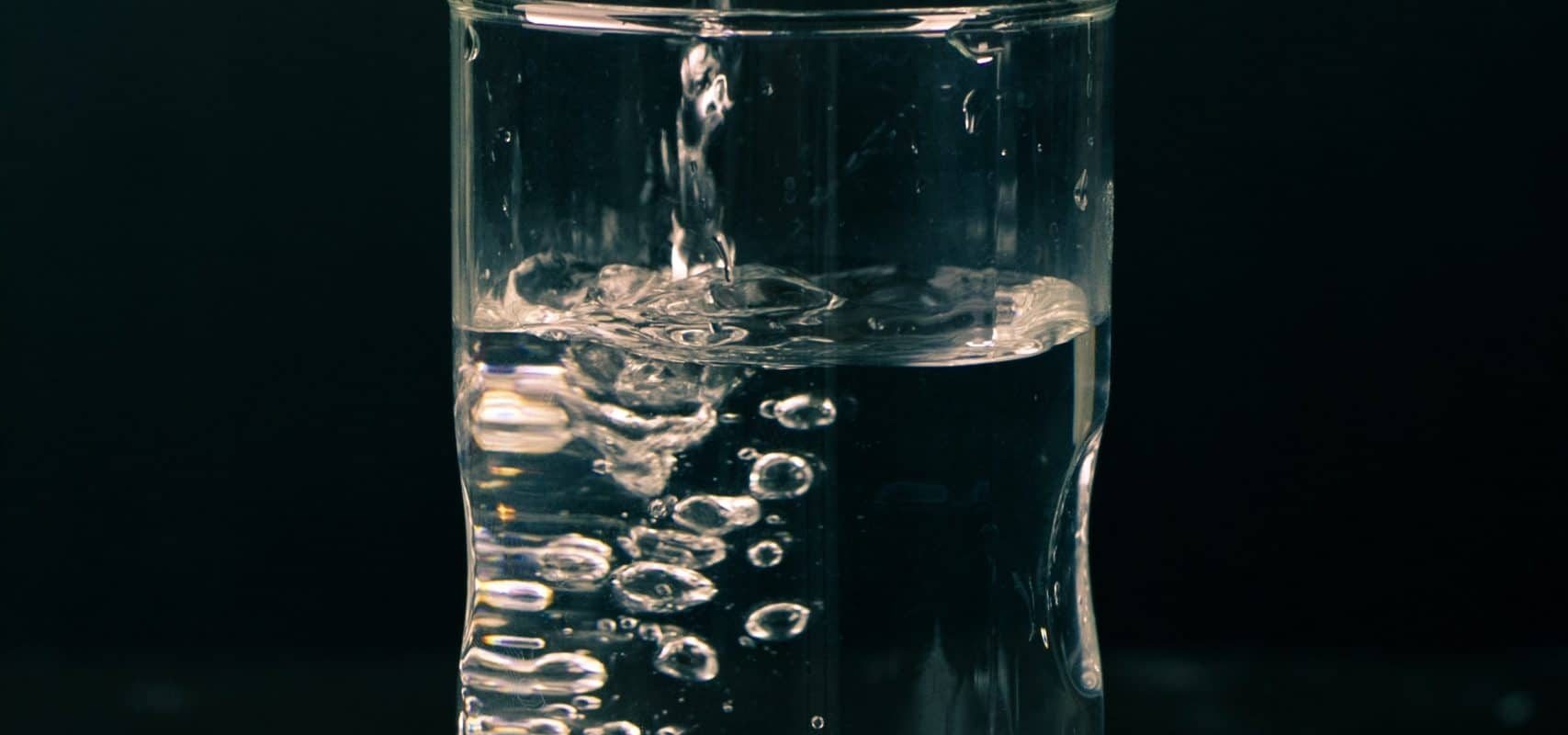Introduction to Water Filtration – Part 2
Introduction to Water Filtration - Part 2
Introduction to Water Filtration

| Media | Effective size, mm (in.) | Specific gravity |
|---|---|---|
| Anthracite | 0.7-1.7 (0.03-0.07) | 1.4 |
| Sand | 0.3-0.7 (0.01-0.03) | 2.6 |
| Garnet | 0.4-0.6 (0.016-0.024) | 3.8 |
| Magnetite | 0.3-0.5 (0.01-0.02) | 4.9 |
Mixed Media Filter Beds
Filter beds are identified as “multilayer,” “in-depth,” and “mixed media” and are graded by size and density. In the filter beds, the coarse, less dense particles are at the top, while the fine, more dense particles are found at the bottom. Deep, uniform penetration by particulate matter occurs due to the downflow filtration which also permits high filtration rates and long service runs. The small particles remain at the bottom because they are more dense, meaning that there is less space between particles. Even with the occurrences of high-rate backwashing, layers remain in their proper location in the mixed media filter bed.
The shown table lists four media that are used in multilayer filtration. There are several types of mixed media combinations that have been proven to be effective. Using too many different media methods will result in backwashing complications. For instance, if the four materials listed in the table were used in the same filter, a wash rate high enough to expand the magnetite layer might wash the anthracite from the filter. This would result in a high wash water requirement.
Anthracite/sand filter beds produce all of the benefits of single-media filtration while using less backwash water than sand or anthracite alone. This can be said for anthracite/sand/garnet mixed units, as well. The greatest benefits of dual-media filtration are higher rates and longer runs. Anthracite/sand/garnet beds have operated at normal rates of approximately 5 gpm/ft² and peak rates as high as 8 gpm/ft² without losing effluent quality.
Capping of Sand Filters
For increased capacity up to 100%, rapid sand filters can be converted for mixed media operation. This lowers the cost of the conversion as compared to having to install additional rapid sand filters.
In capping, the portion of sand is replaced with anthracite. In this conversion, a 2-6 in. layer of 0.4-0.6 mm (0.016-0.024 in.) sand is removed from the surface of a bed and replaced with 4-8 in. of 0.9 mm (0.035 in.) anthracite. A larger amount of sand can be replaced if there is a want to increase capacity. To guarantee that a reduction in the depth of the finer sand does not diminish the quality of the effluent, pilot tests should be conducted.

